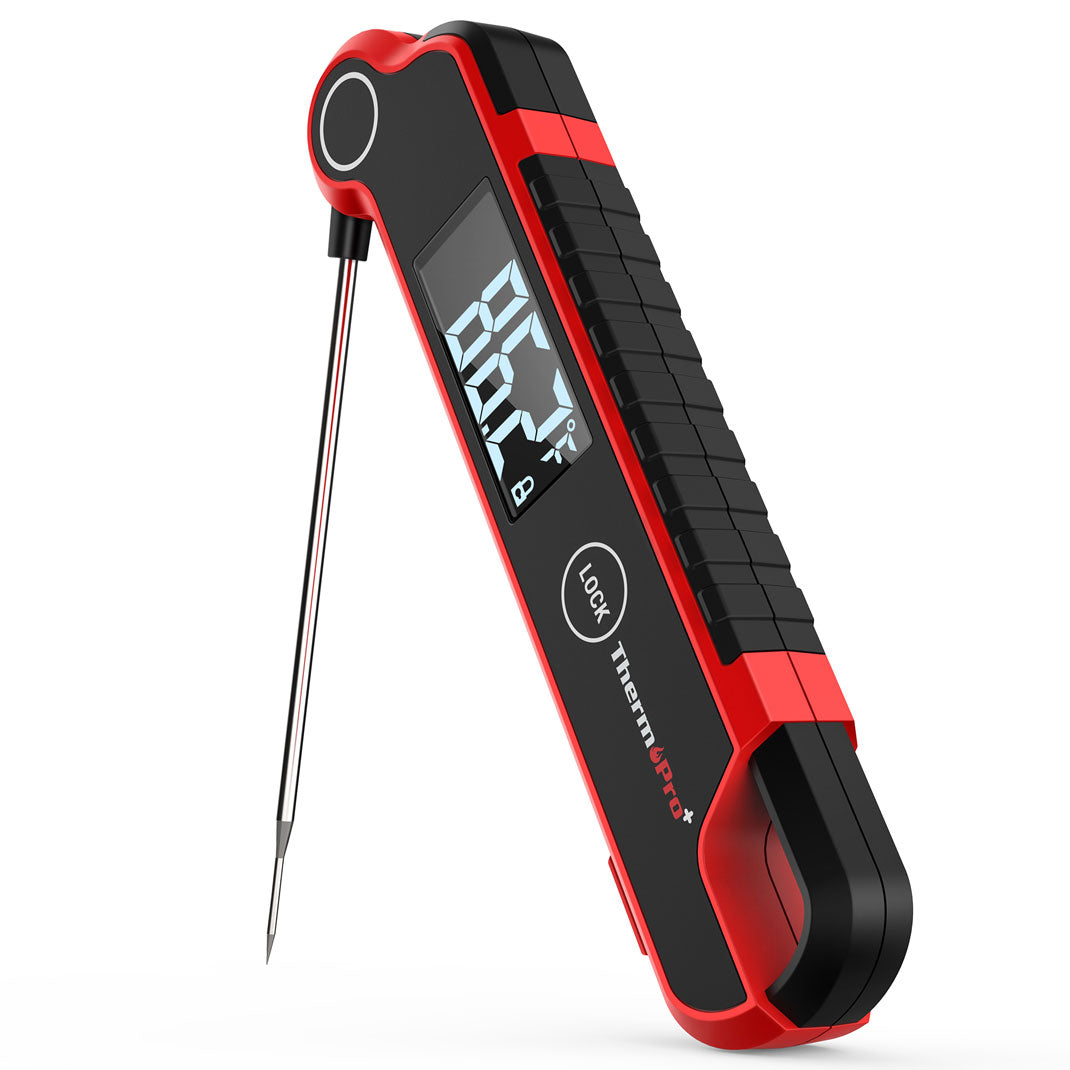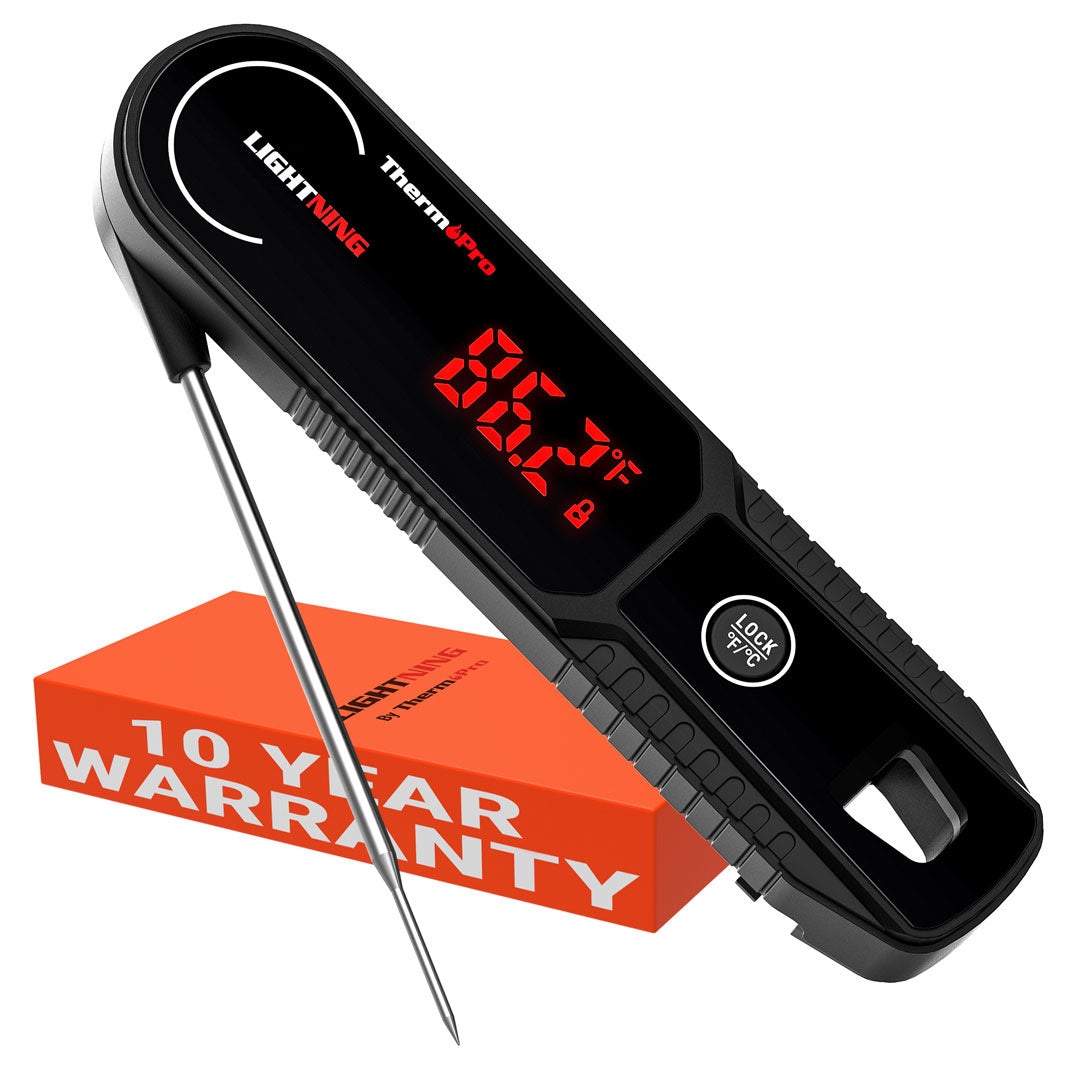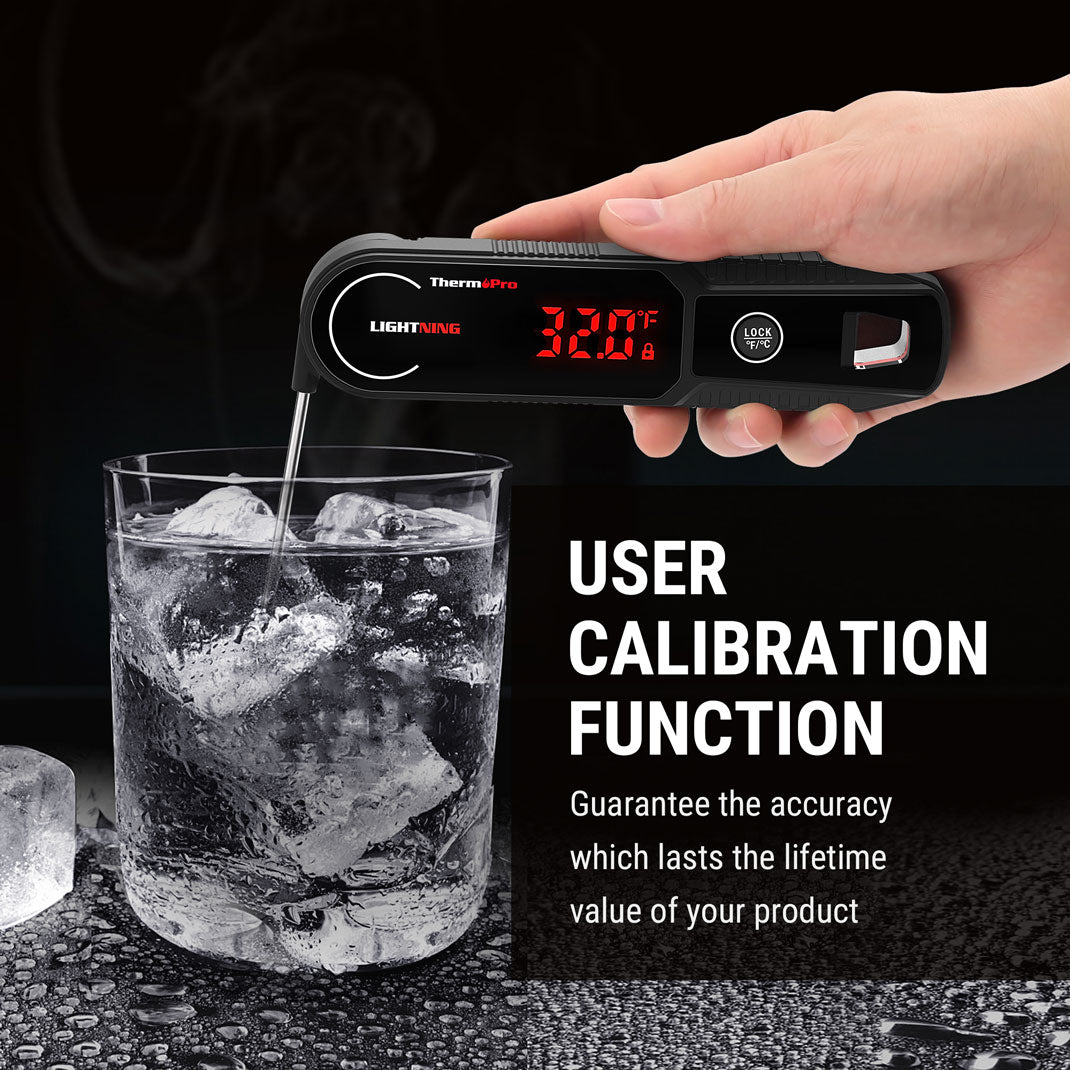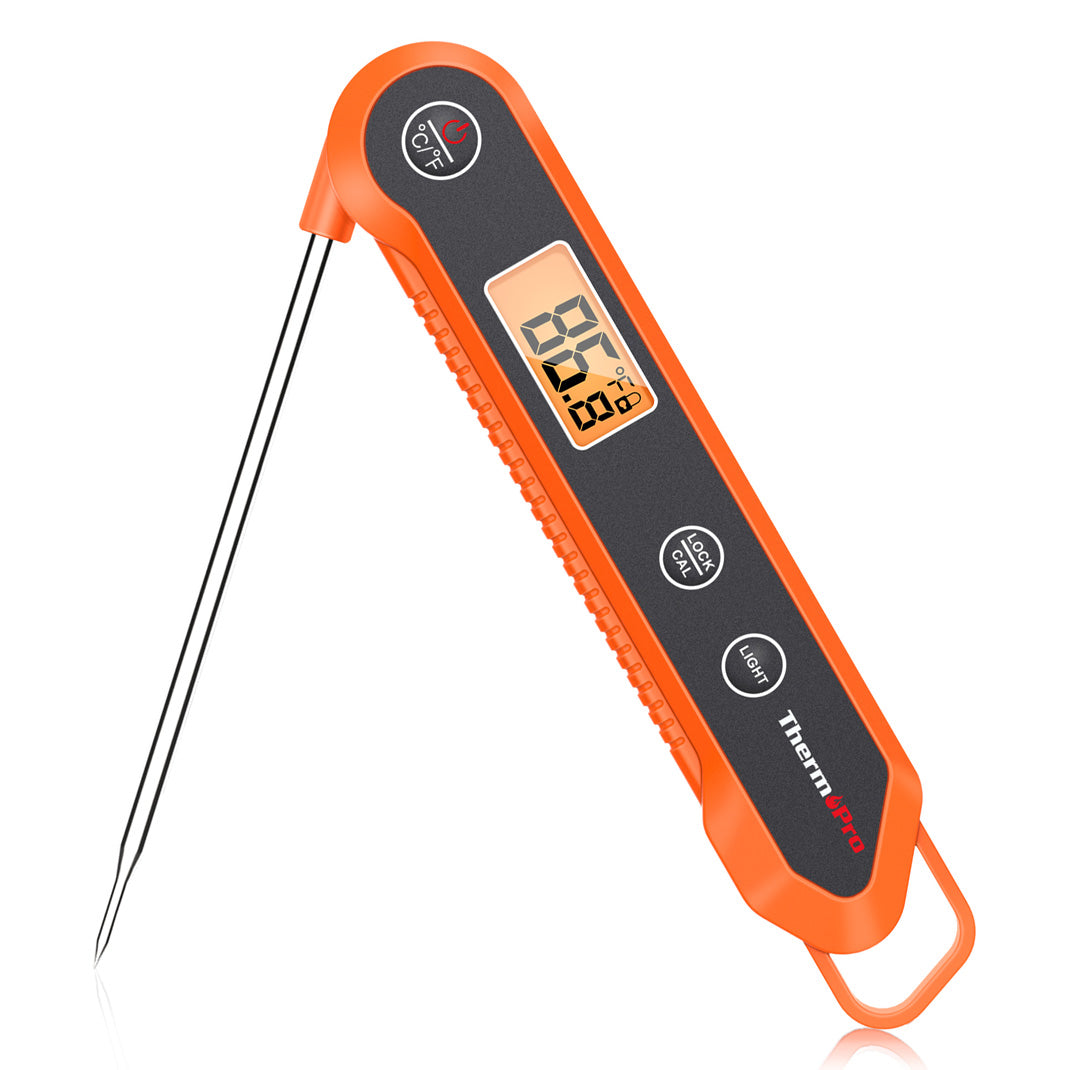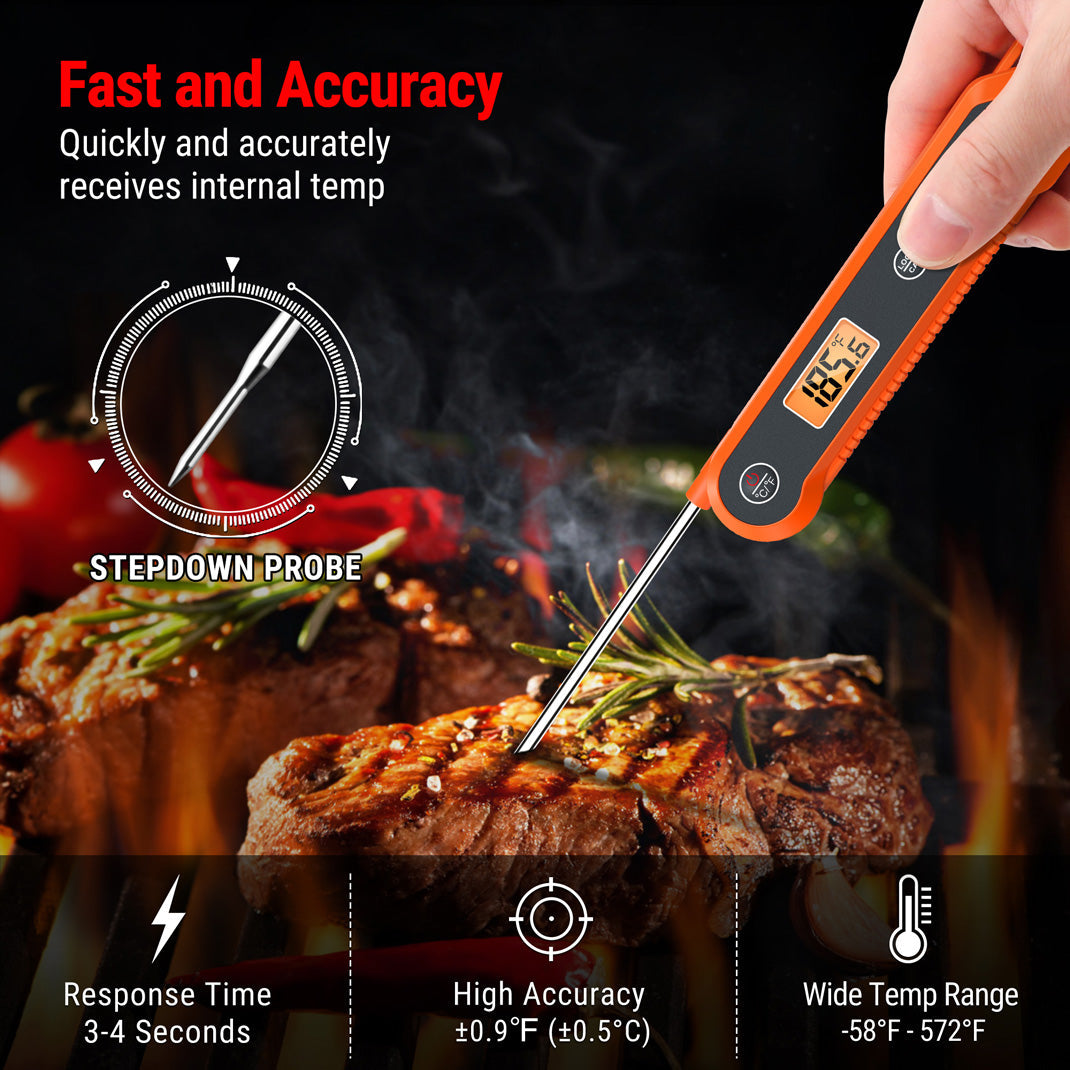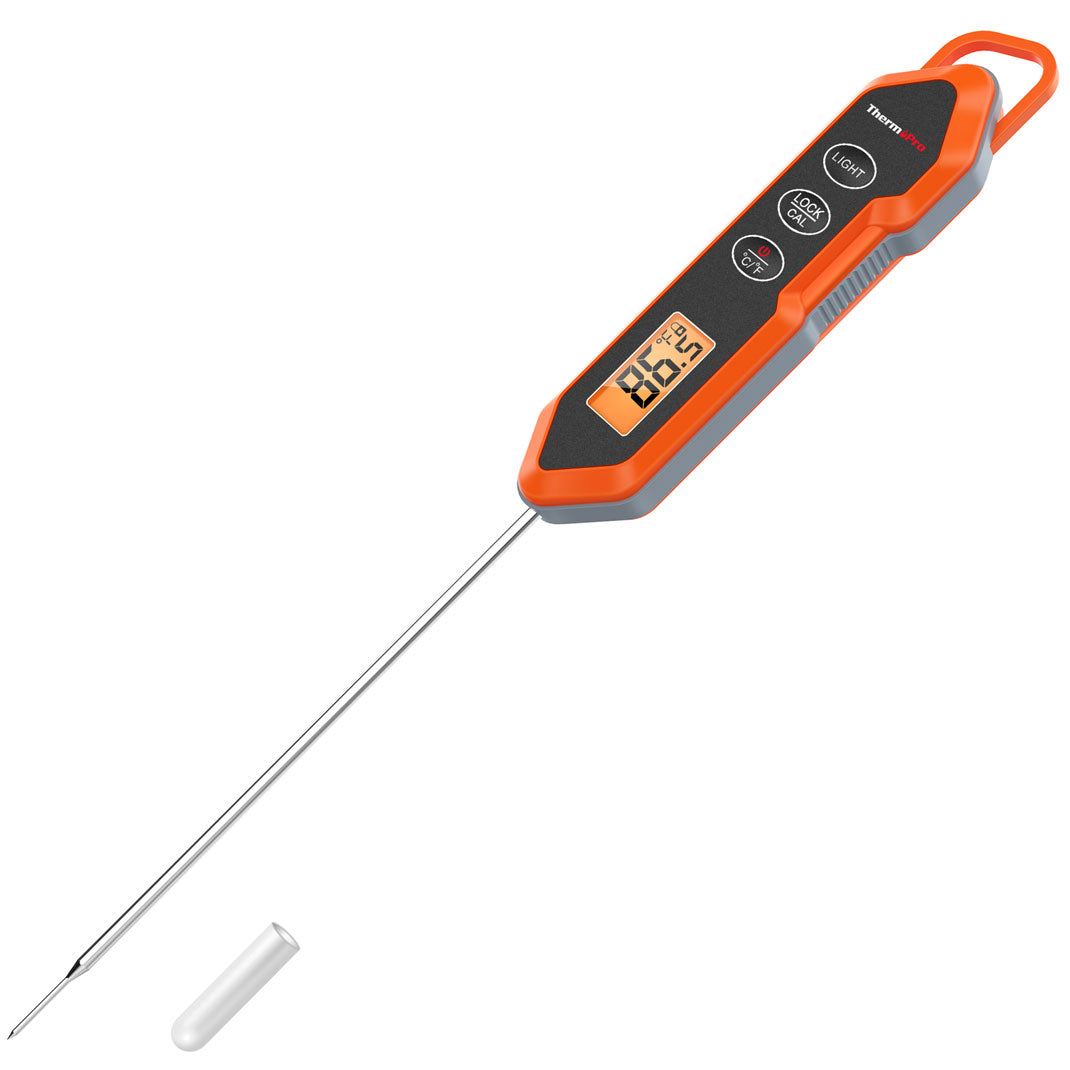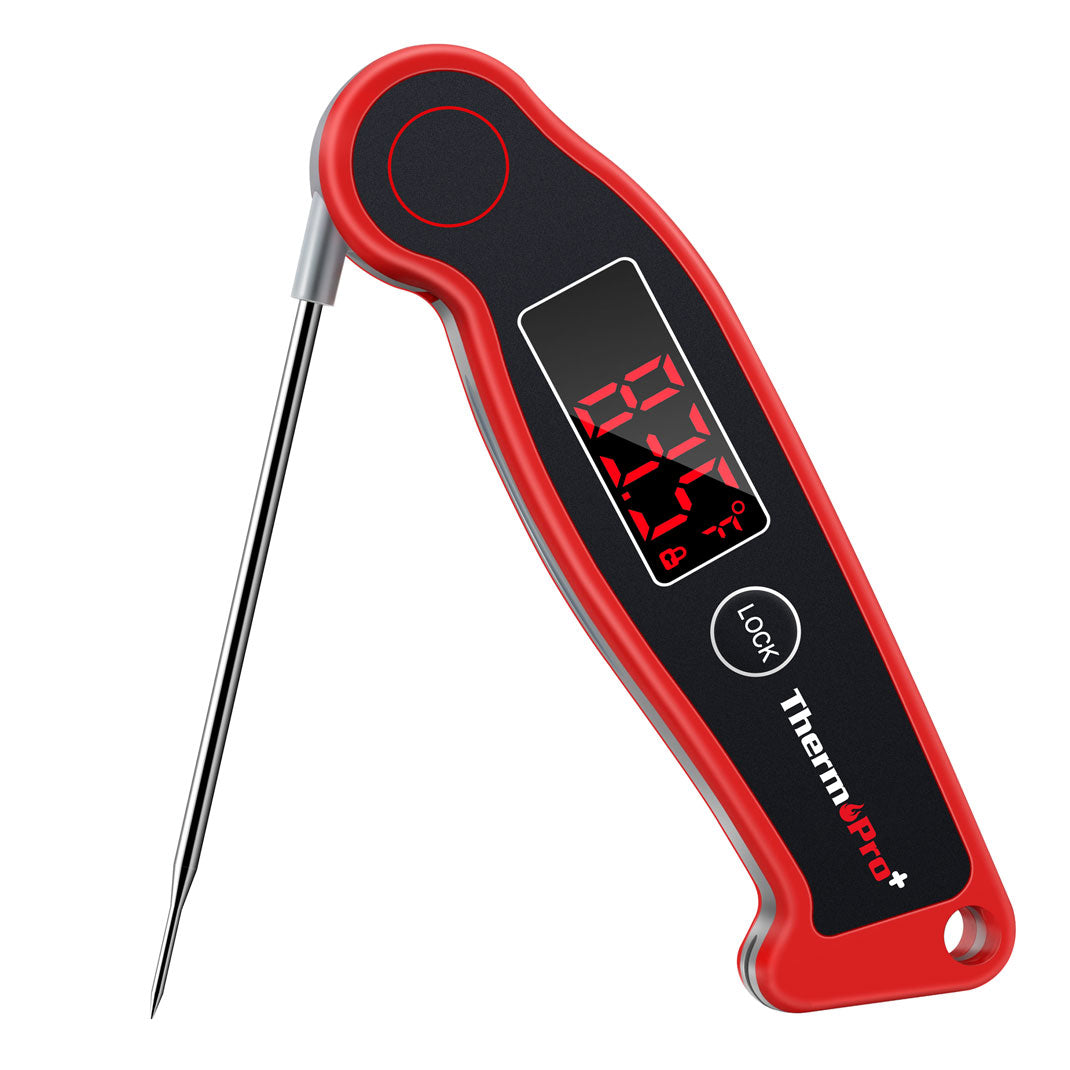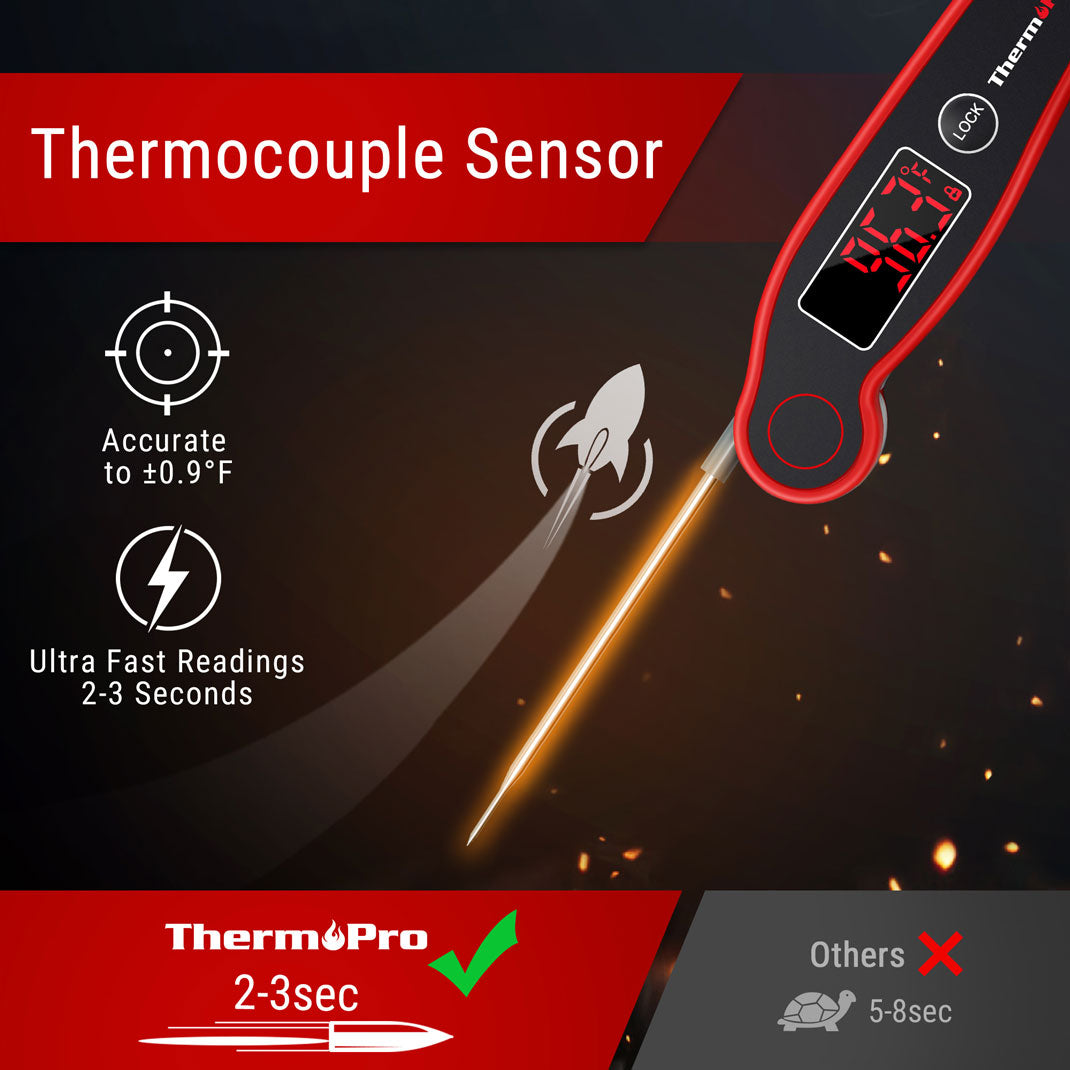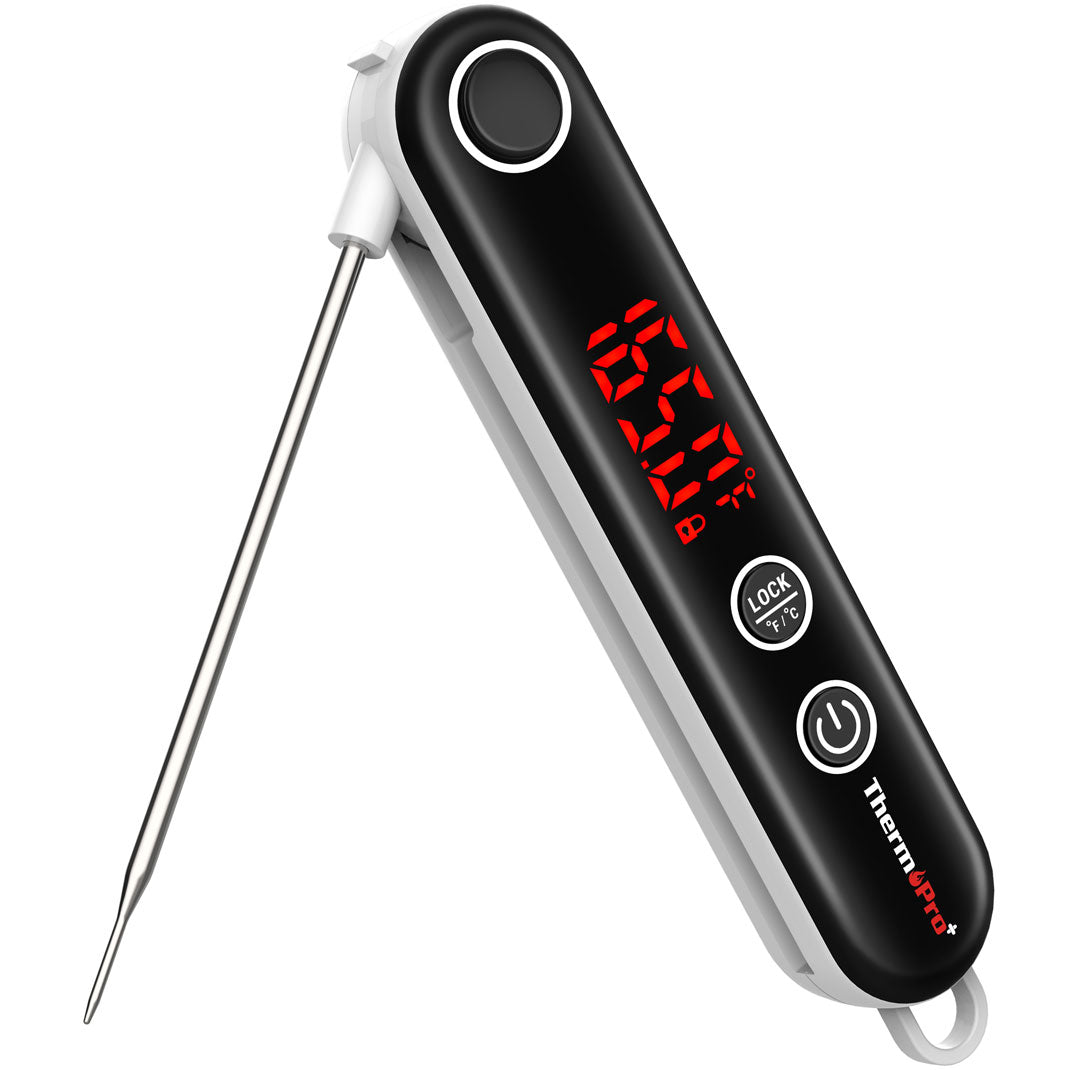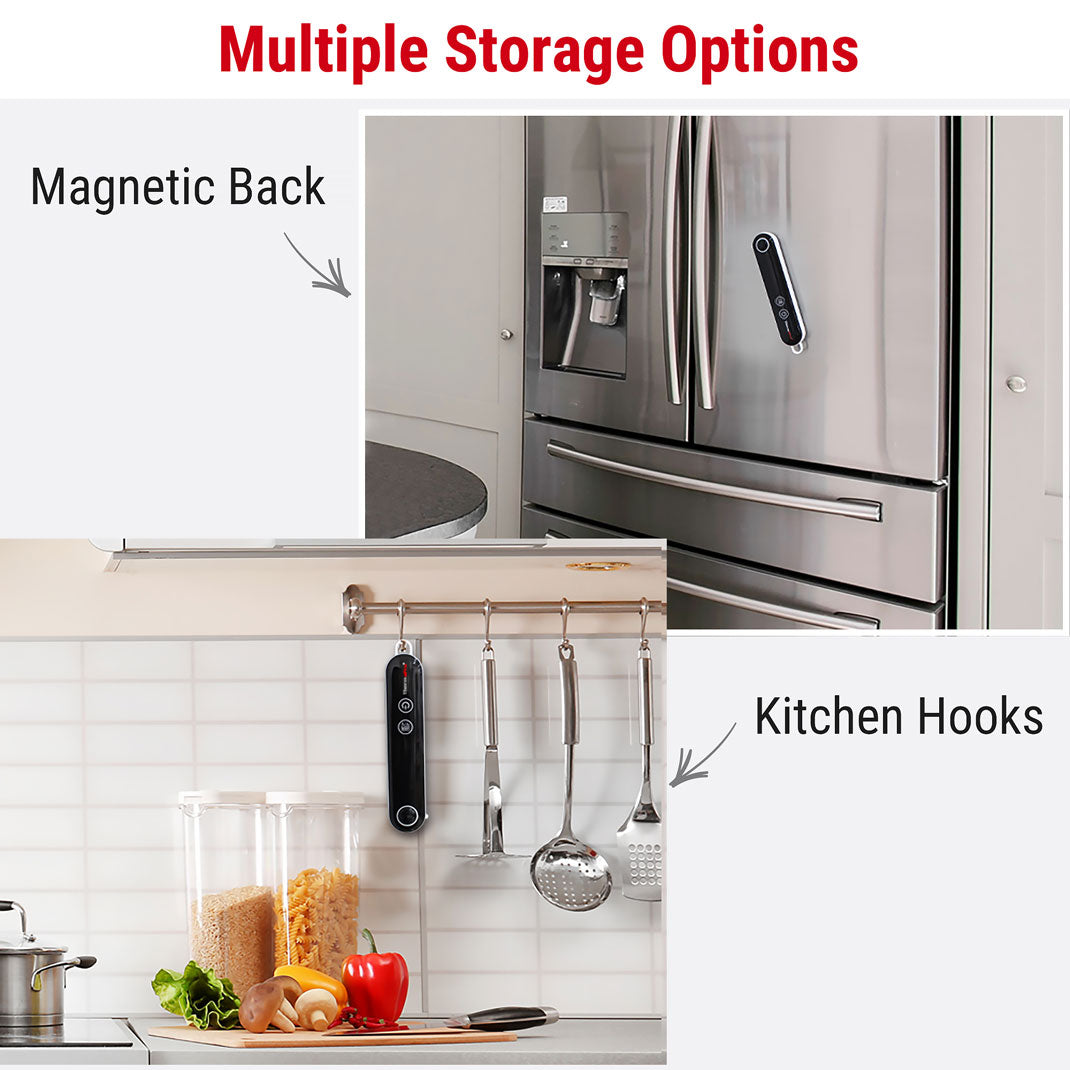Food Safety Month—Are You Still Guessing Meat Doneness?






 288 Comments
288 Comments
Each September, food safety experts, chefs, and home cooks alike turn their attention to one of the most critical yet often overlooked aspects of cooking: ensuring food is cooked to a safe internal temperature. It's not just about taste—it's about protecting your health and the health of your family. Yet even in 2025, many people are still "going by look" or "pressing with a finger" to judge whether meat is done, trusting instinct over science.
September is National Food Safety Education Month, and it's the perfect reminder that guessing is a gamble. Every year, the CDC estimates that 48 million Americans get sick from foodborne illnesses. Many of these cases could be prevented by something as simple as using a reliable food thermometer.
And in today's kitchens, that means going beyond old-school dial thermometers. Tools like the ThermoPro TP620 Instant-Read Meat Thermometer give you precision readings in just a couple of seconds—no guesswork, no waiting, no serving undercooked chicken or overcooked steak.
Why Food Safety Education Month Matters for Home Cooks
National Food Safety Education Month was created to raise awareness about safe food handling practices. While it's often aimed at restaurants, cafeterias, and institutions, the truth is that food safety starts at home.
Think about how often you've heard someone say:
- "It looks done to me."
- "If the juices run clear, it's ready."
- "I've cooked this recipe for years. I know when it's done."
The problem? These cues are unreliable. Meat color can be misleading—pork, for instance, can stay slightly pink even when fully safe, and chicken can turn white before it's reached the recommended 165°F internal temperature. The only sure way to know is by measuring.

What's the Risks of Guessing Meat Doneness?
Undercooked or improperly cooked food is one of the biggest causes of preventable illness. Salmonella, E. coli, Listeria—these aren't just scary names in headlines. They can lead to severe illness, hospitalization, or worse. And contrary to popular belief, these bacteria don't just live in meat; they can also be found in seafood, eggs, and even plant-based foods that are improperly stored or handled.
On the flip side, overcooking to "be safe" isn't a solution either. It may kill bacteria, but it also destroys flavor, texture, and nutrients. You end up with dry chicken, chewy beef, or rubbery fish—meals that are neither safe nor satisfying.
What Is Safe Internal Temperatures?
Food safety authorities like the USDA and FDA provide detailed temperature guidelines for different proteins:
- Poultry (chicken, turkey, duck): 165°F
- Ground meats (beef, pork, lamb): 160°F
- Steaks, chops, roasts (beef, lamb, pork): 145°F + 3 minutes rest
- Fish and shellfish: 145°F
- Egg dishes: 160°F
These numbers aren't arbitrary—they're the temperatures at which harmful bacteria are destroyed. The problem is, without a food thermometer, you can't know if you've hit them.
Why "Old-School" Methods Don't Work
The "poke test," "cut and check," and "juices run clear" methods may feel traditional, but they're inherently flawed. They rely on surface cues and subjective judgment rather than actual core temperature.
For example:
- A burger can be brown inside but still harbor E. coli if it hasn't reached 160°F internally.
- Turkey breast can feel hot to the touch yet still be under the safe threshold.
- Thick cuts of steak can appear charred outside but remain raw in the center if not properly monitored.
This is why professional chefs and food safety trainers alike insist on using a food thermometer every time.
How the ThermoPro TP620 Changes the Game
The ThermoPro TP620 Instant-Read Meat Thermometer is designed to eliminate uncertainty in cooking. Unlike older thermometers that can take 10–15 seconds to stabilize, the ThermoPro TP620 delivers an ultra-fast reading in just 2–3 seconds. That means less time with the oven or grill open, preserving heat and cooking efficiency.
Key benefits include:
- High Precision: Accurate to ±0.9°F for professional-level reliability.
- Ultra-Fast Response: Get readings in 2–3 seconds so you can check meat doneness without interrupting cooking.
- Rotating Display: Read the food temperature from any angle—great for grilling or awkward oven positions.
- IP65 Waterproofing: Easy cleanup under running water.
- Magnetic Backing: Store it on the fridge or grill for quick access.

When you combine these features, you get not only safety but also consistency. You can hit the perfect medium-rare on a steak every single time while still ensuring it's safe to eat.
Integrating Safe Cooking Into Everyday Life
Making thermometer use a habit doesn't have to slow you down. In fact, once you get used to it, it becomes second nature. Keep your ThermoPro TP620 in a convenient spot—on the fridge, in a drawer near the stove, or attached to your grill—so you can grab it quickly.
It's also a great teaching tool. If you have kids or teens interested in cooking, showing them how to properly check temperatures gives them a foundation of safe cooking skills they'll carry for life.
Food Safety Beyond Meat
September is also a reminder that food safety goes beyond cooking temperatures. Safe storage, cross-contamination prevention, and proper reheating are all part of the equation.
Some quick reminders:
- Store raw meats on the bottom shelf of the fridge to avoid drips onto other foods.
- Use separate cutting boards for raw proteins and vegetables.
- Reheat leftovers to at least 165°F.
- Keep cold foods cold (below 40°F) and hot foods hot (above 140°F).
An instant-read meat thermometer like the ThermoPro TP620 isn't just for grilling steaks—it's also perfect for checking soup, reheating casseroles, or ensuring that leftover lasagna is warmed through.

The Psychological Side of Using Food Thermometer
For many home cooks, using a food thermometer is a confidence booster. Instead of second-guessing whether your chicken is cooked or worrying about making guests sick, you know exactly when your food is ready. That peace of mind makes cooking more enjoyable, whether you're serving a weeknight family dinner or hosting friends.
It also allows you to experiment more. Want to try cooking pork tenderloin to a juicy 145°F instead of overcooking it to 165°F "just in case"? With a precise cooking thermometer, you can safely explore new recipes and techniques.
Making the Most of National Food Safety Education Month
- This September, take the opportunity to audit your own kitchen habits. Ask yourself:
- Do I know the safe cooking temperatures for the foods I make most often?
- Do I use a thermometer every time?
- Is my food thermometer accurate and fast enough to be convenient?
If the answer to any of these is "no," then it's time to upgrade. The ThermoPro TP620 is affordable, durable, and accurate—an easy investment in both your culinary skills and your health.
The Takeaway
National Food Safety Education Month isn't just a campaign for professionals—it's a call to action for every home cook. Stop guessing. Stop relying on myths and outdated cues. Make food safety a priority, and you'll find that it doesn't just make your meals safer—it makes them better.
With the ThermoPro TP620 Instant-Read Meat Thermometer, you have the precision, speed, and convenience to cook confidently every single time. You'll protect your family from unnecessary risks while elevating your cooking game. And once you get used to the certainty it provides, you'll wonder how you ever cooked without it.
Comments
You May Also Like
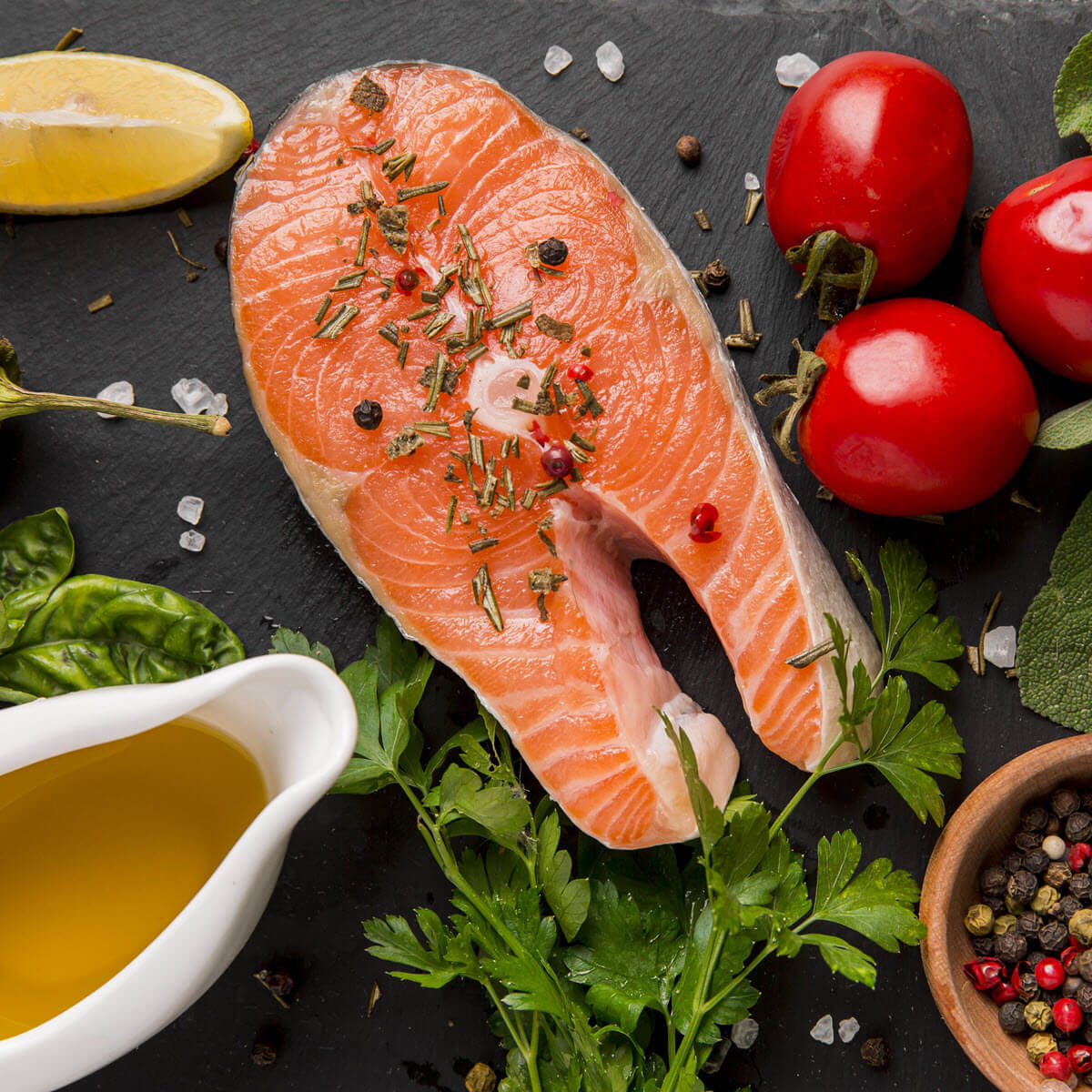
Is Undercooked Salmon Safe to Eat?
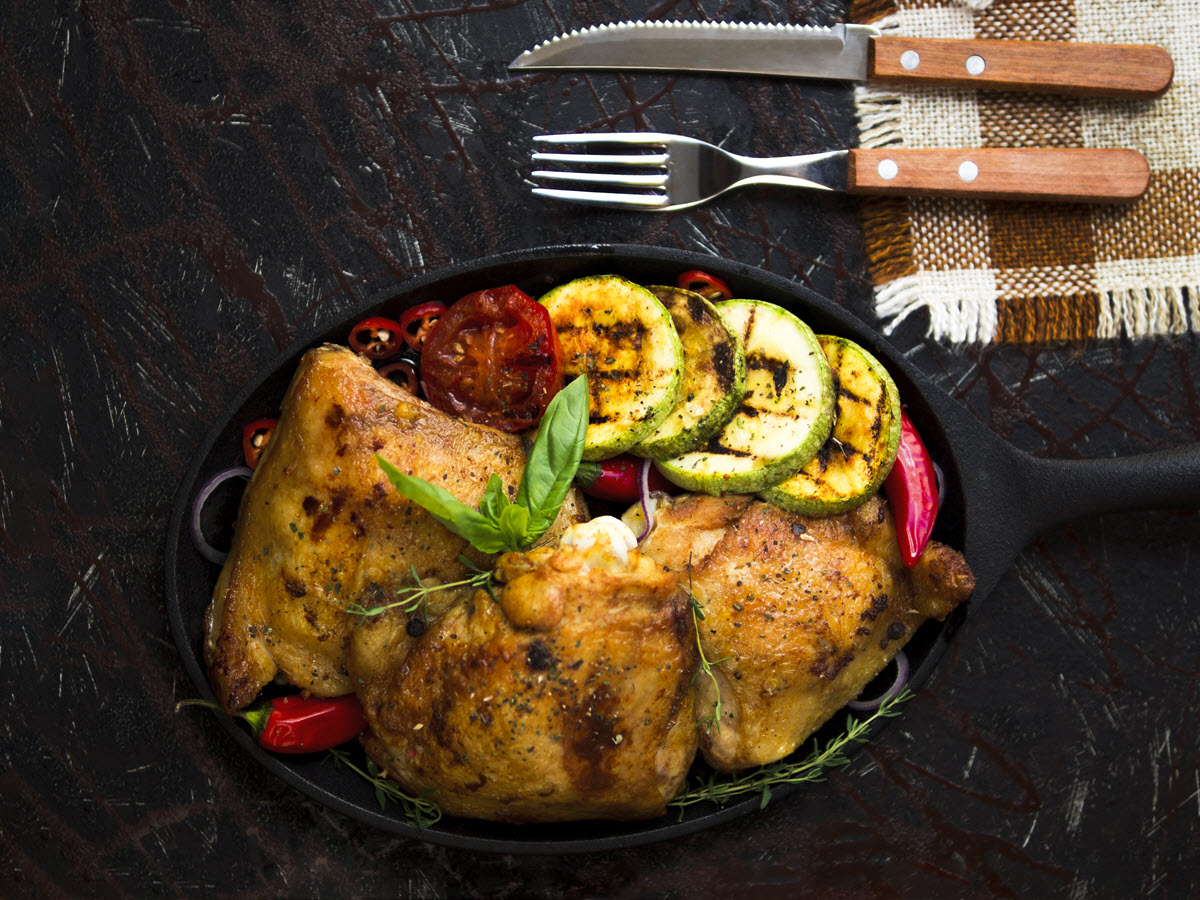
Chicken Food Safety Temperature: How to Cook Chicken Safely
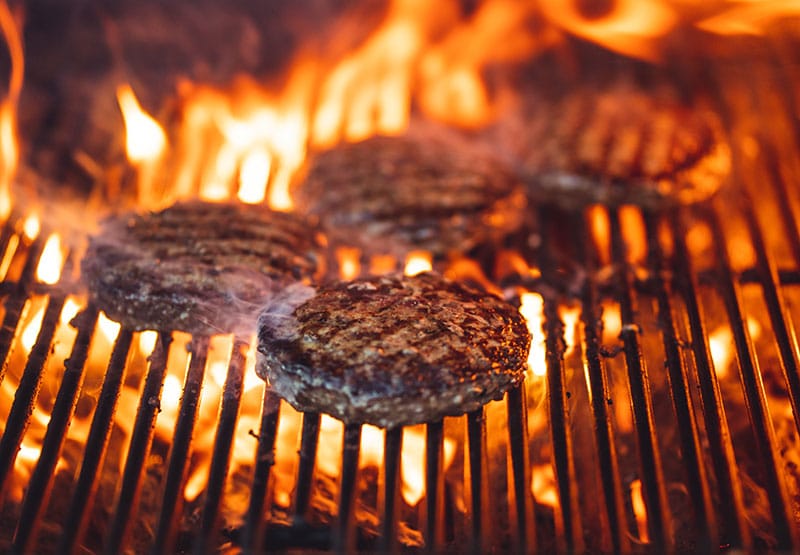
How to Protect Yourself from BBQ Smoke







